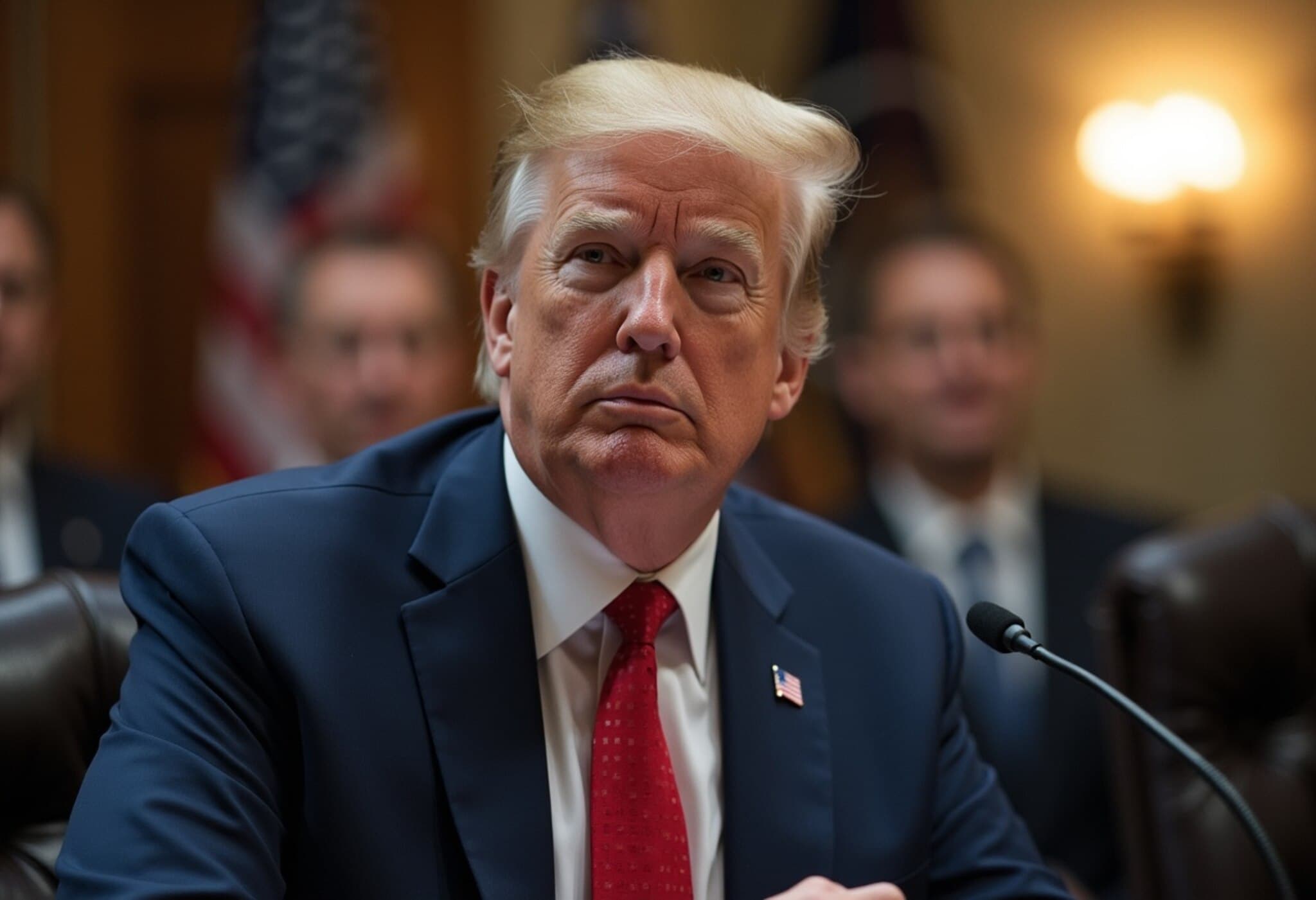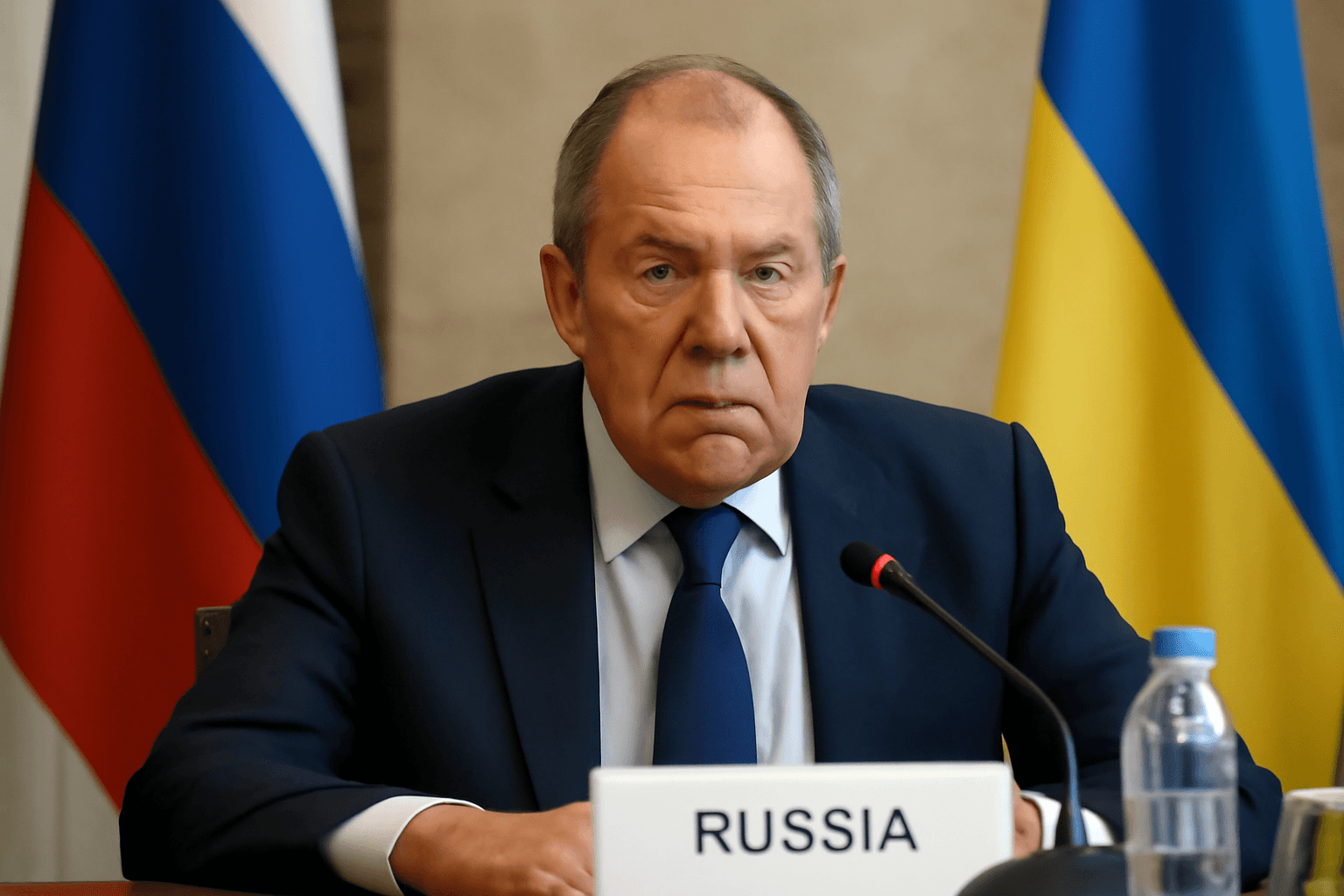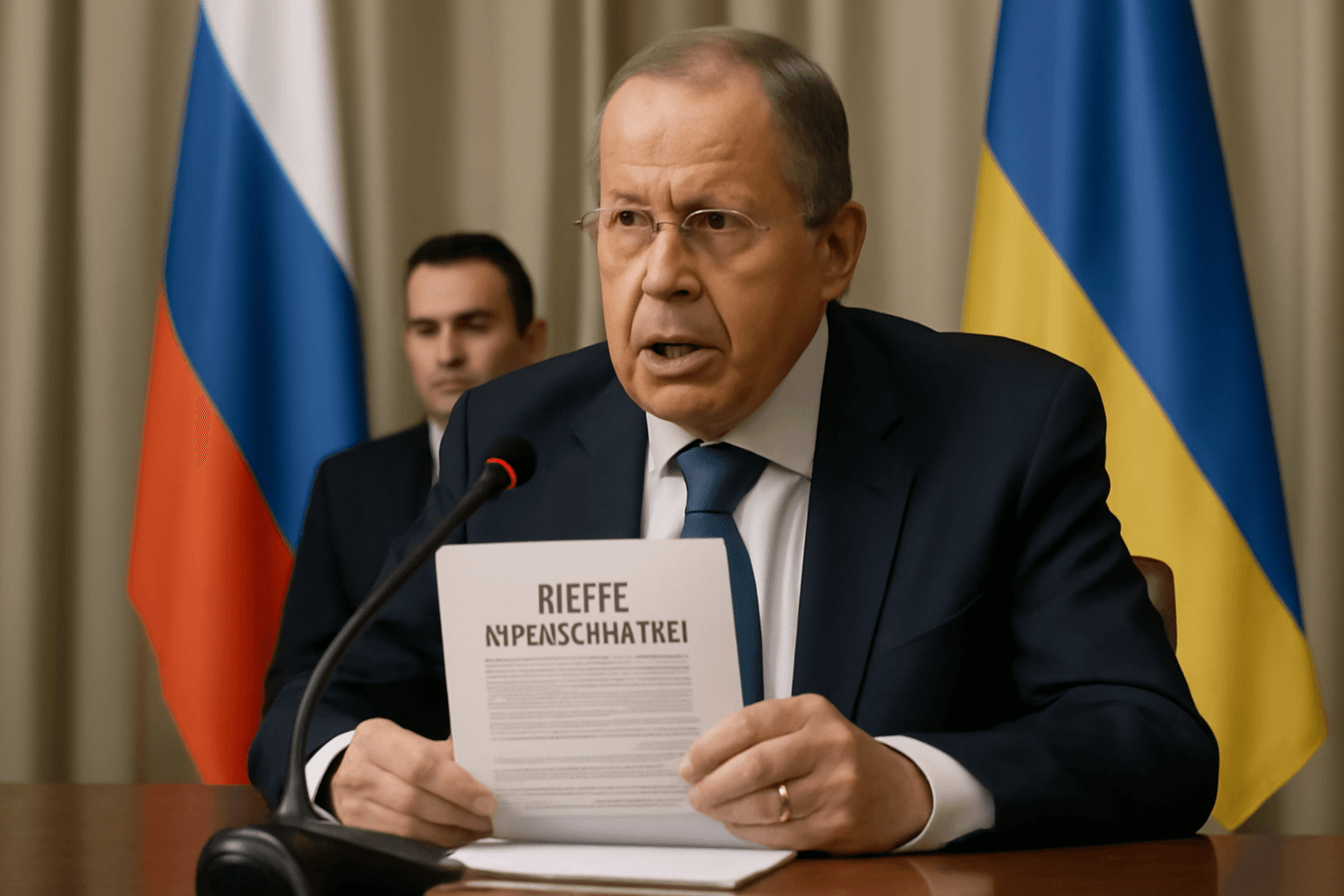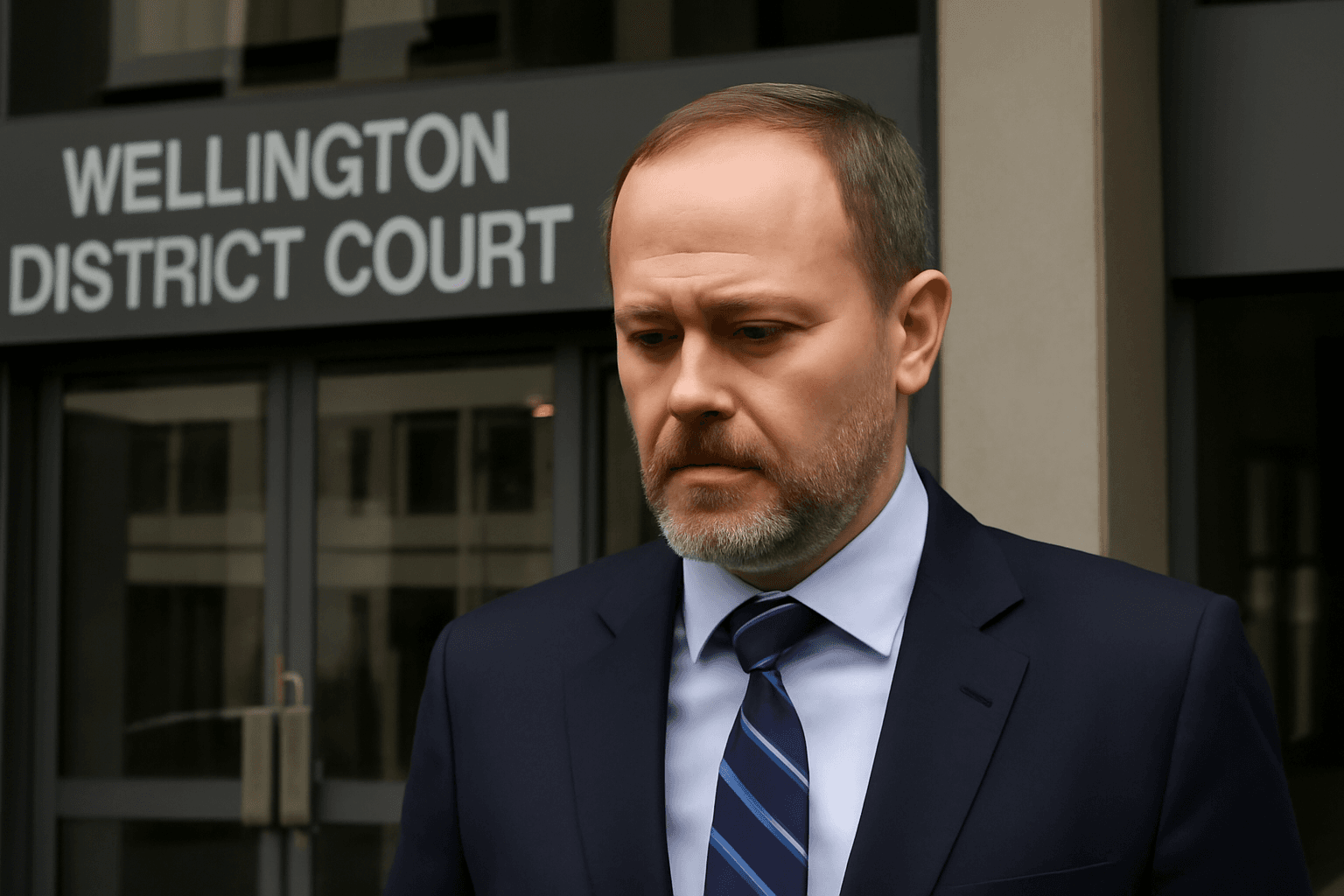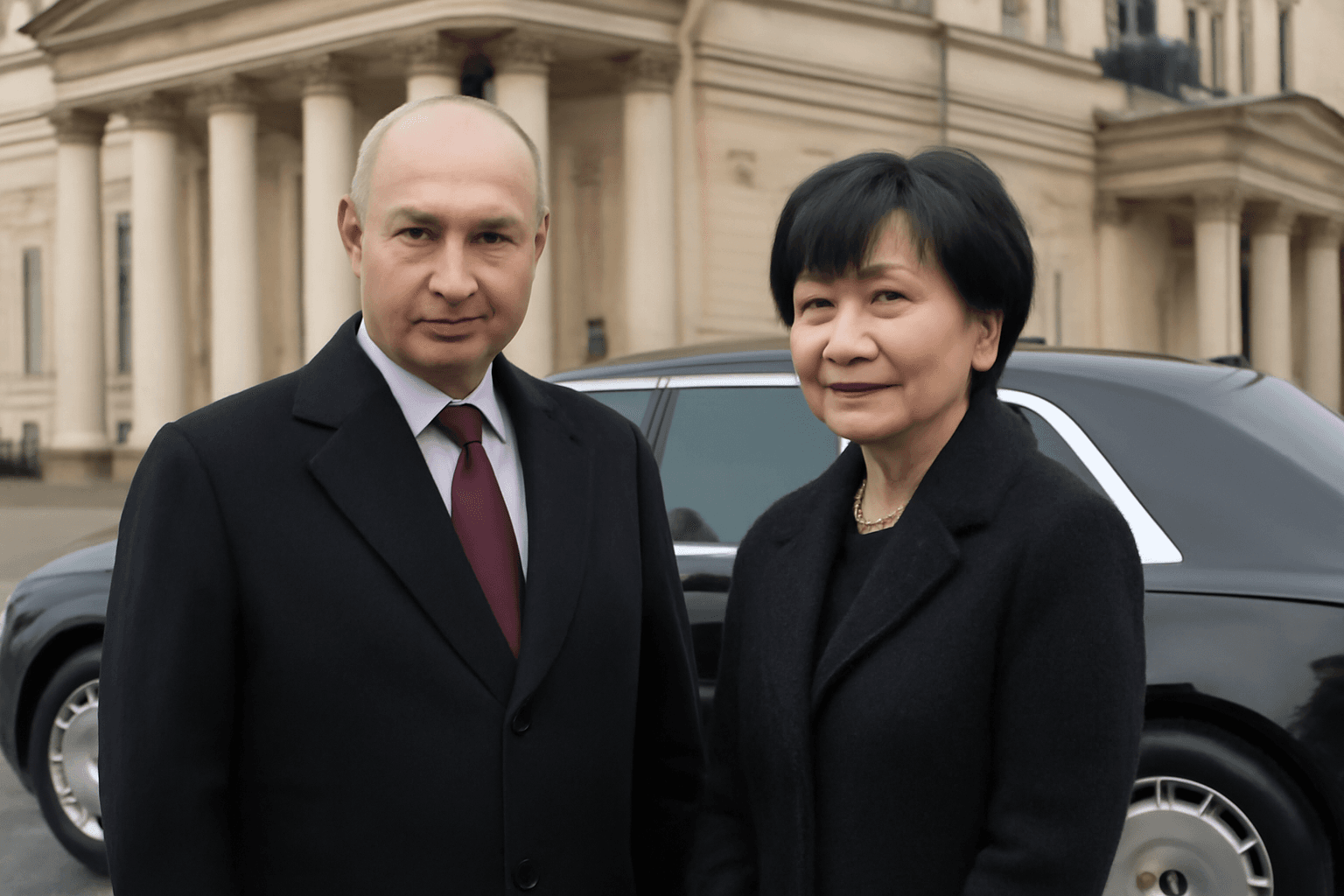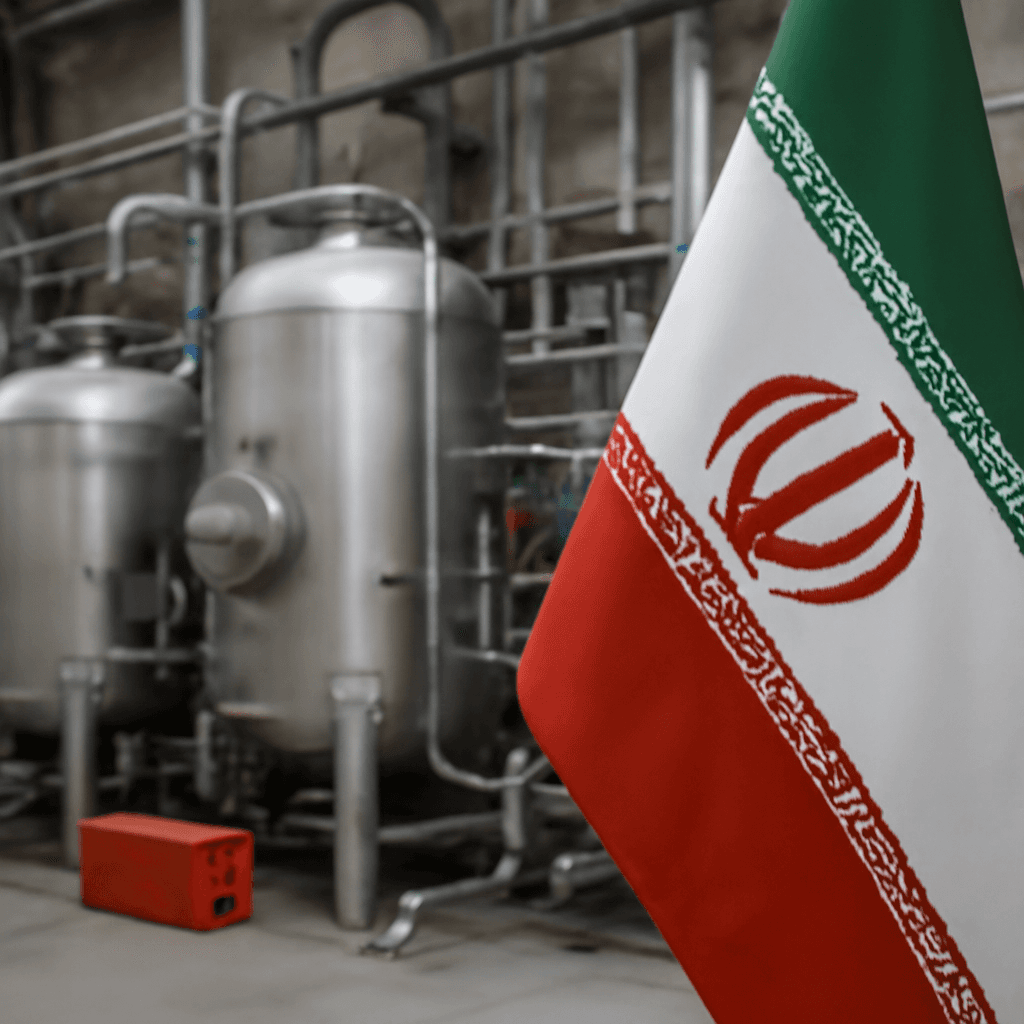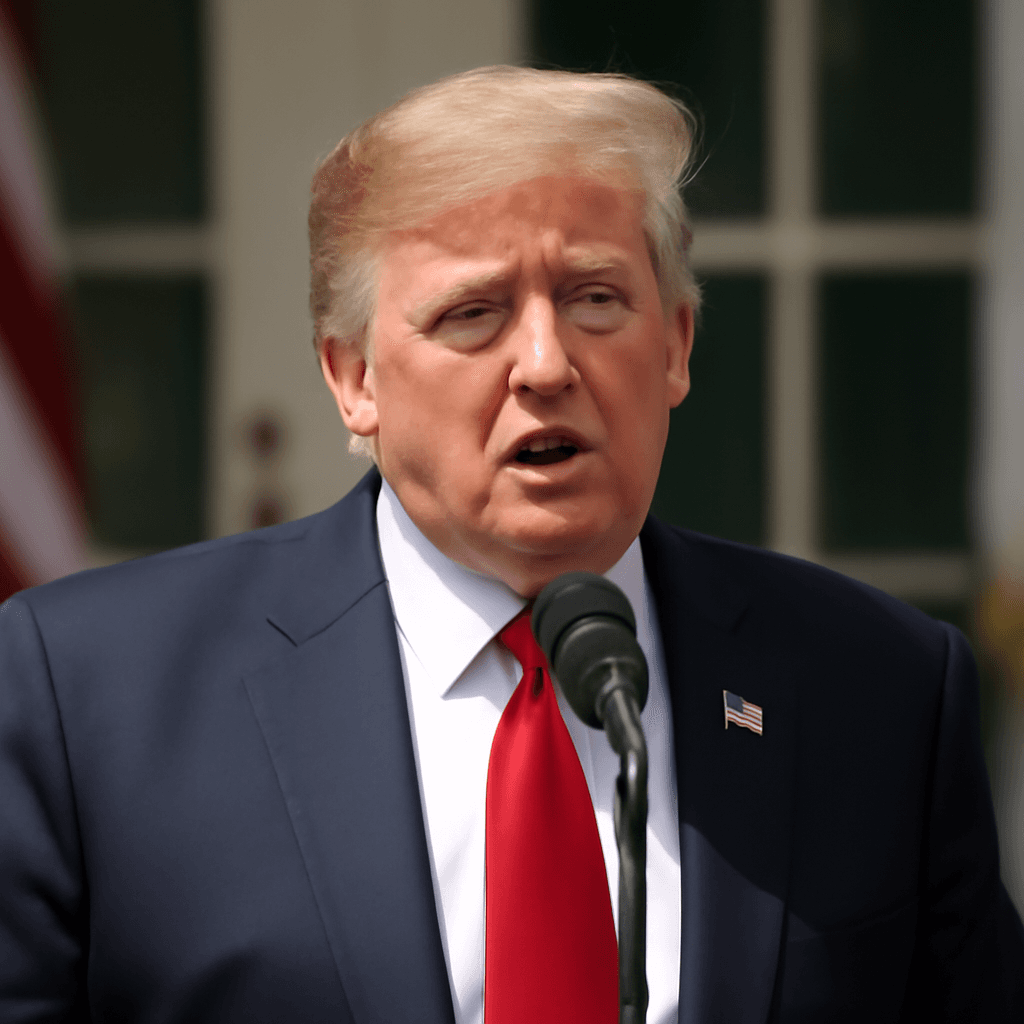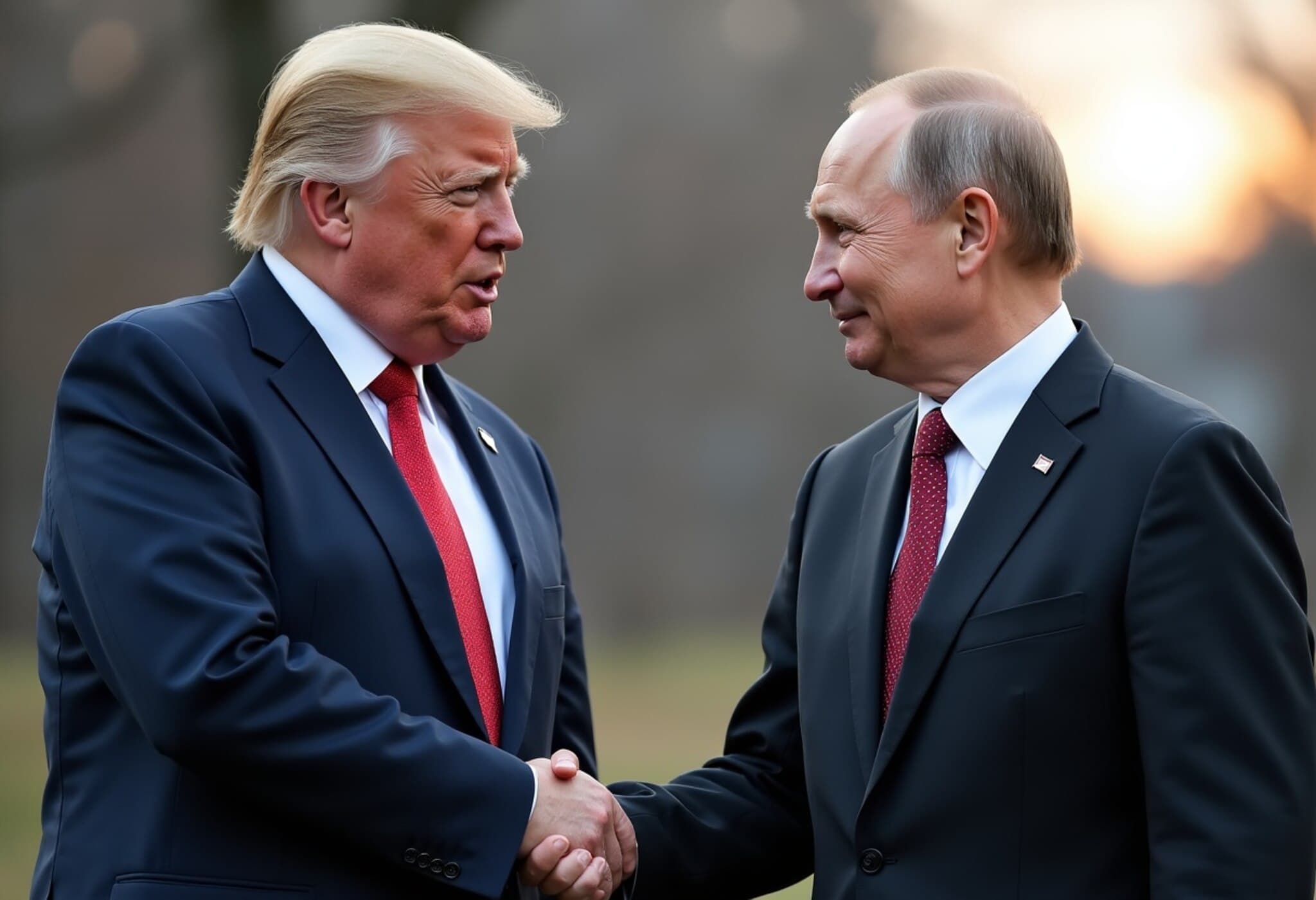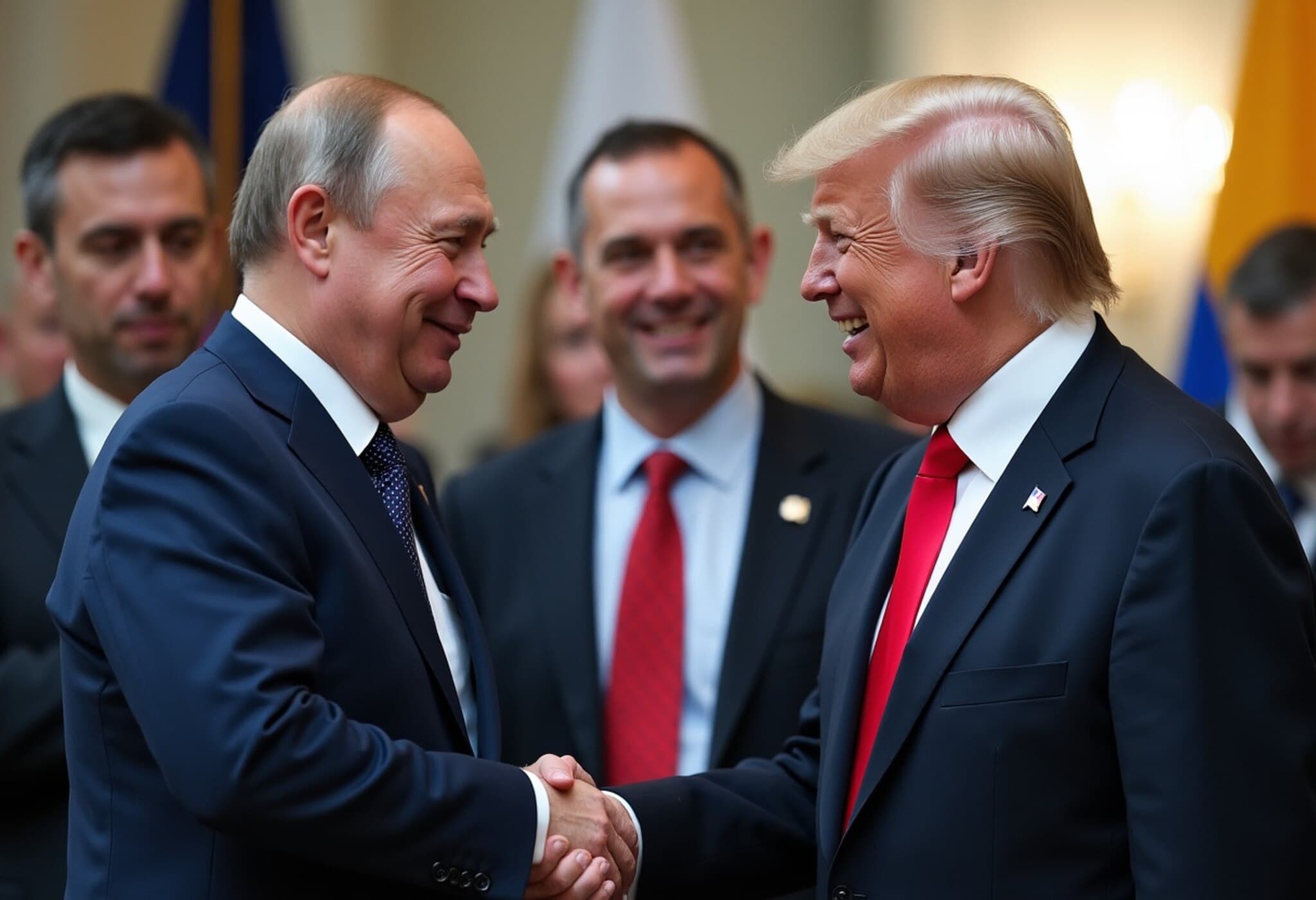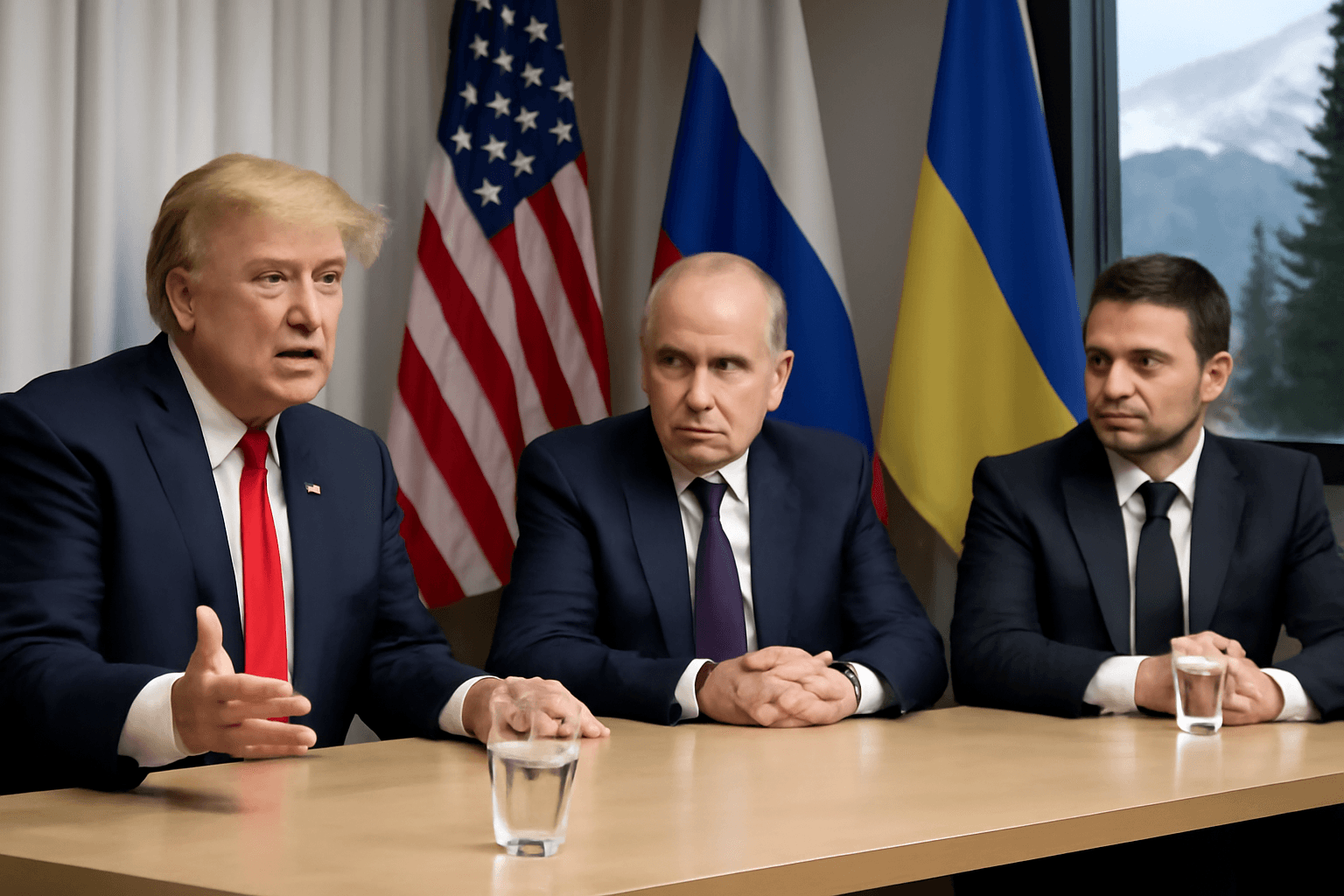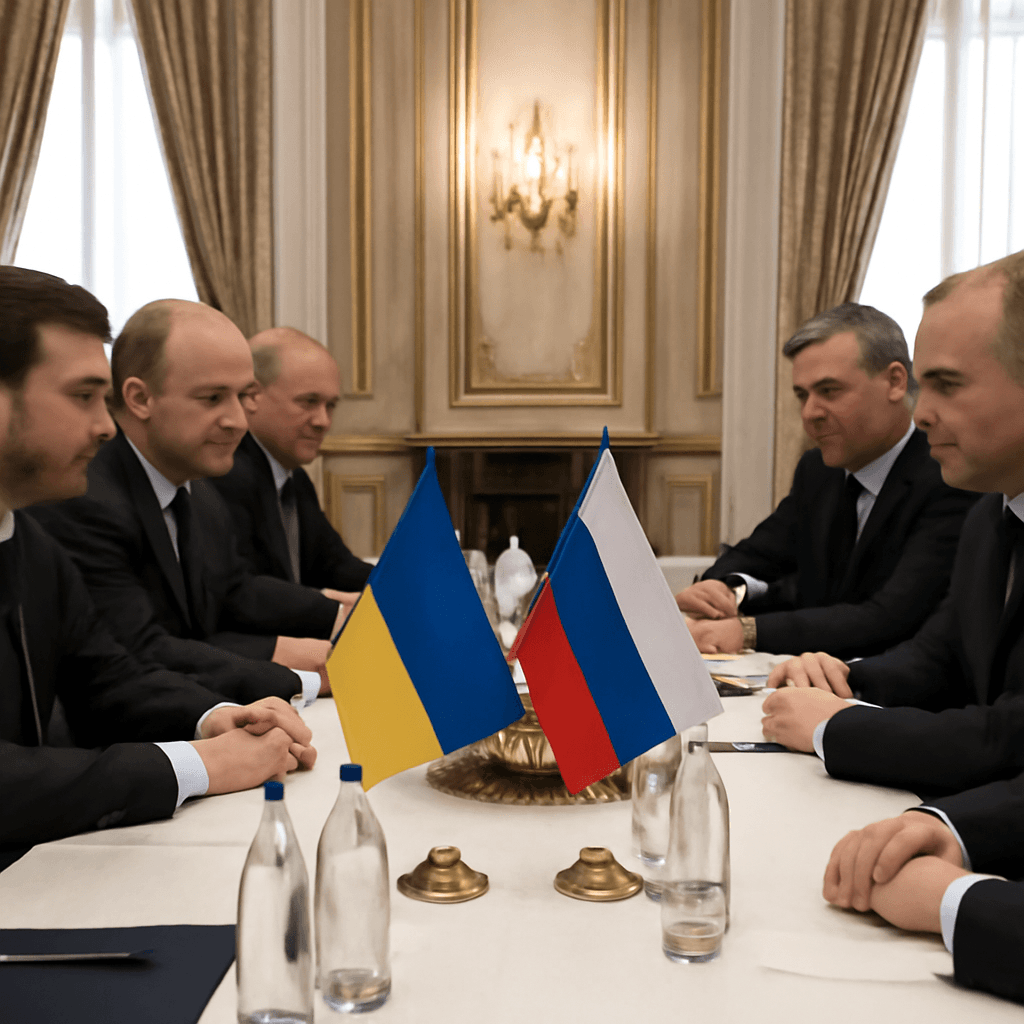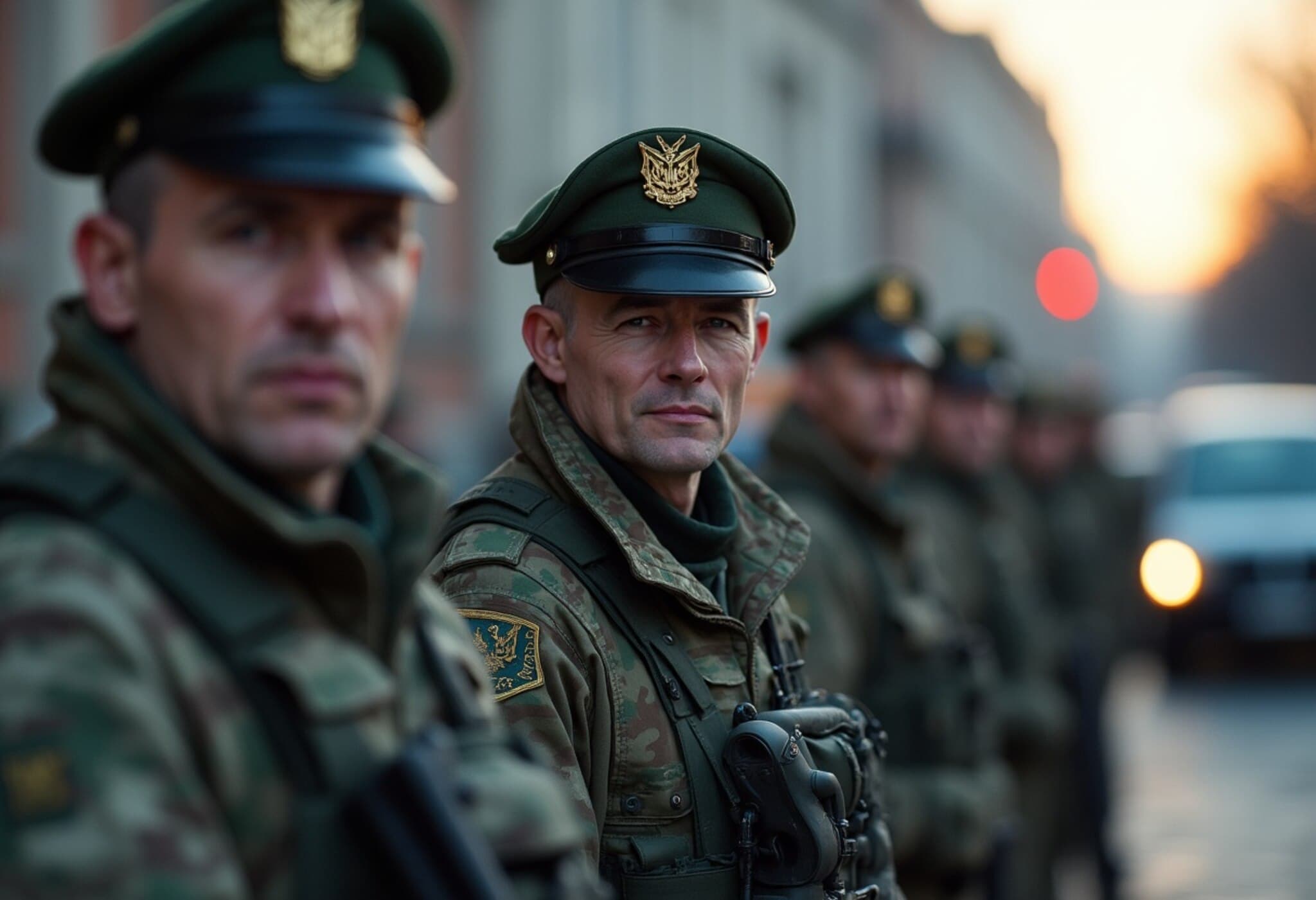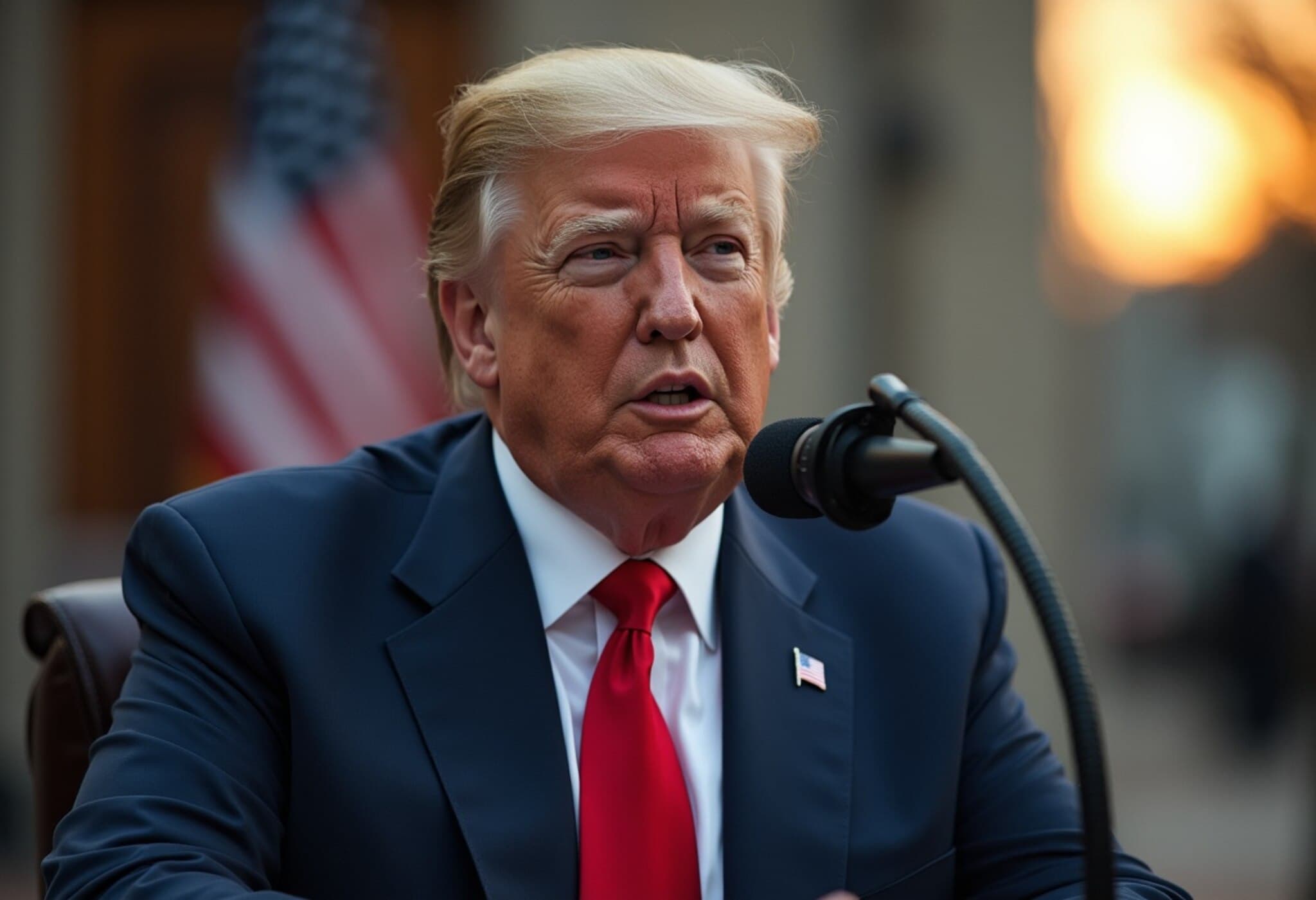Vance Predicts Mutual Discontent in Ukraine-Russia Peace Talks as Trump-Putin Meeting Nears
US Vice President JD Vance offered a sobering assessment Sunday of the prospects for a diplomatic resolution to the ongoing conflict in Ukraine, cautioning that any peace agreement brokered between Moscow and Kyiv is unlikely to satisfy either side fully. His comments came just days before the widely anticipated meeting between US President Donald Trump and Russian President Vladimir Putin in Alaska, set for August 15.
Negotiations Likely to Leave Both Parties Discontented
Appearing on Fox News’ Sunday Morning Futures, Vance remarked, “It’s not going to make anybody super happy. Both the Russians and the Ukrainians, probably, at the end of the day, are going to be unhappy with it.” He emphasized that Washington’s goal is to facilitate an accord that both nations can at least tolerate, rather than one that fully satisfies their demands.
Earlier this week, President Trump revealed plans to engage President Putin to discuss potential ceasefire terms, hinting that a deal might necessitate Ukraine relinquishing significant territories held by Russian forces since the 2022 invasion. This prospect met a swift and firm rejection from Ukrainian President Volodymyr Zelenskyy, who reiterated that Ukraine’s constitution forbids ceding territory under any circumstances.
Possibility of a Historic Three-Way Summit
Vance divulged that White House officials are contemplating a direct dialogue involving Trump, Putin, and Zelenskyy. However, he suggested a logical progression would see Putin first meet with Trump, laying groundwork for the richer tri-lateral engagement.
“We’re at a point now where we’re trying to figure out scheduling... around when these three leaders could sit down and discuss an end to this conflict,” Vance said. A White House spokesperson later confirmed that while Trump is receptive to a trilateral summit, the immediate focus is on preparing for the bilateral meeting requested by Putin.
The Stalemate’s Toll and Complex Challenges
The conflict, ignited by Russia’s large-scale invasion in February 2022, remains Europe’s most severe security crisis since World War II, inflicting catastrophic human suffering and geopolitical upheaval. Millions have been displaced, and tens of thousands have lost their lives, amid relentless bombardments and ongoing hostilities.
- Russian forces continue to control Crimea, annexed in 2014, along with large sections of Donetsk, Luhansk, Zaporizhzhia, and Kherson.
- Ukrainian troops, bolstered by Western military support, have held firm in key urban areas, aiming to undermine Russian supply lines.
- Moscow has persistently targeted Ukraine’s infrastructure, seeking to erode morale and capacity.
Previous diplomatic efforts, from talks in Belarus to negotiations in Turkey, have collapsed under the weight of incompatible demands, particularly concerning territorial control and security assurances. Analysts highlight that any viable agreement now must delicately balance Ukraine’s NATO ambitions, Russia’s insistence on territorial concessions, and durable mechanisms for regional security.
Turning Point or Temporary Truce?
As the Alaska summit approaches, expectations are cautiously moderated. Vance’s perspective underscores the harsh reality that peace may emerge not as a triumphant victory for either side, but as a pragmatic compromise leaving both parties feeling they have sacrificed more than they gained.
This scenario reflects a familiar pattern in protracted conflicts where negotiated settlements, while imperfect, pave the way for de-escalation and potential future dialogue.
Expert Insight: The American Policy Dimension
From a US policy perspective, the Trump administration’s engagement with Putin signals an effort to seize a diplomatic opening, despite ongoing bipartisan skepticism around negotiating with Russia. The emphasis on an Alaska meeting highlights Alaska’s strategic symbolism—as a remote yet geopolitically relevant venue between East and West.
Moreover, the potential inclusion of Zelenskyy in future talks introduces complex diplomatic calculus: balancing support for Ukraine’s sovereignty and democratic aspirations against the urgent imperative to halt bloodshed and regional instability.
Looking Ahead
As international actors tune into these negotiations, the stakes extend far beyond the immediate battlefield. The outcome will shape Eastern Europe’s security architecture, influence NATO’s future, and test the effectiveness of US diplomacy in one of the 21st century’s most urgent crises.
This evolving dialogue over Ukraine’s future spotlights the dilemma faced by negotiators worldwide: can sustainable peace be forged without satisfying all parties fully? The delicate balance between realpolitik and principle also raises pressing questions about the limits of diplomacy amid ongoing conflict. Readers should watch for how America navigates these difficult waters, and how the voices of Ukrainians themselves will inform any prospective accord.

